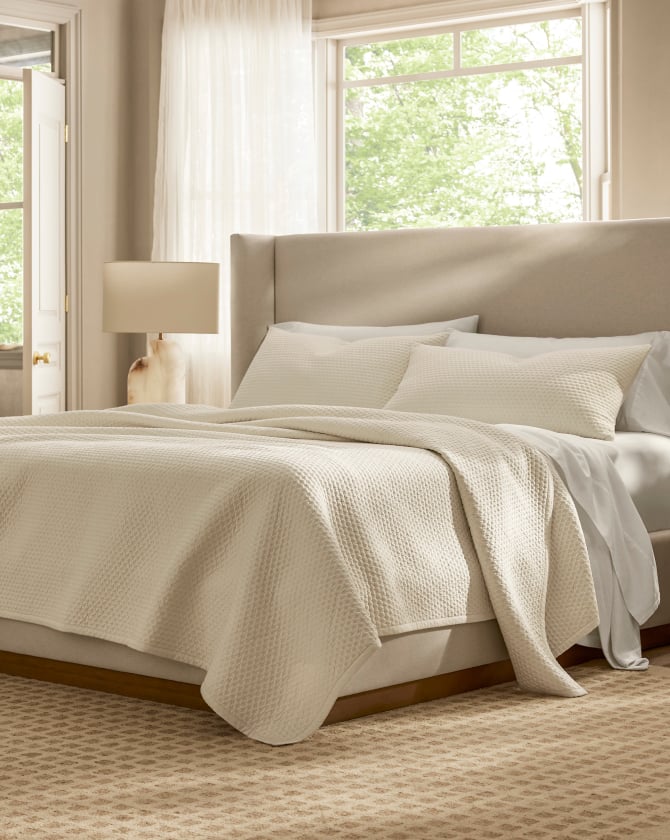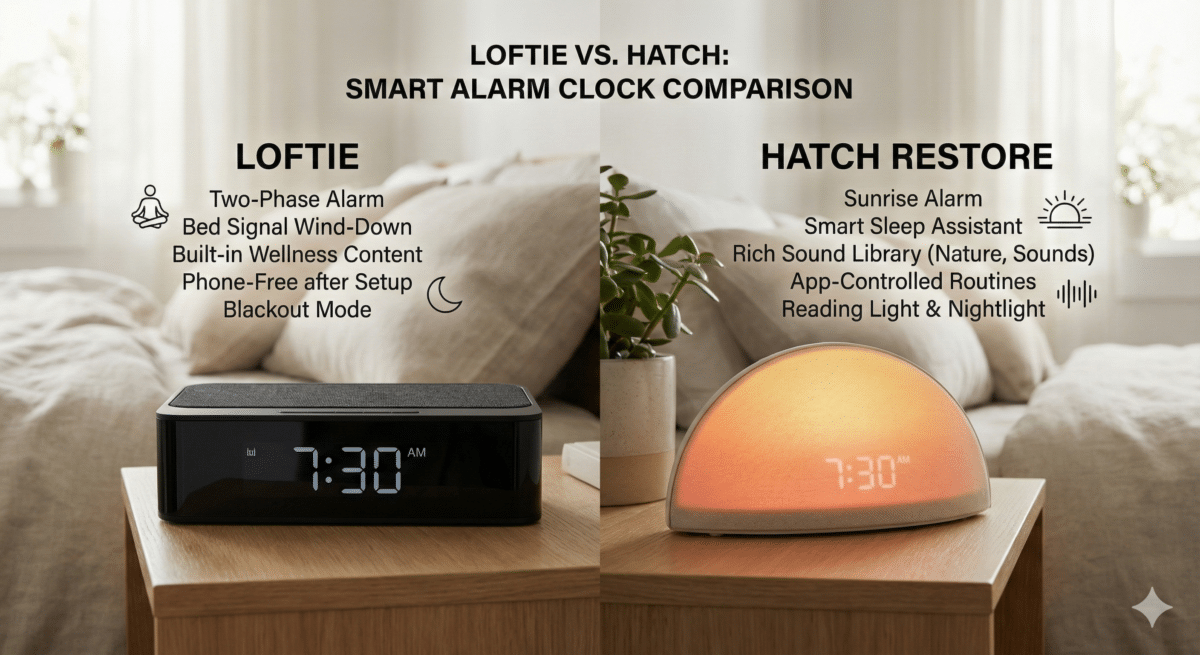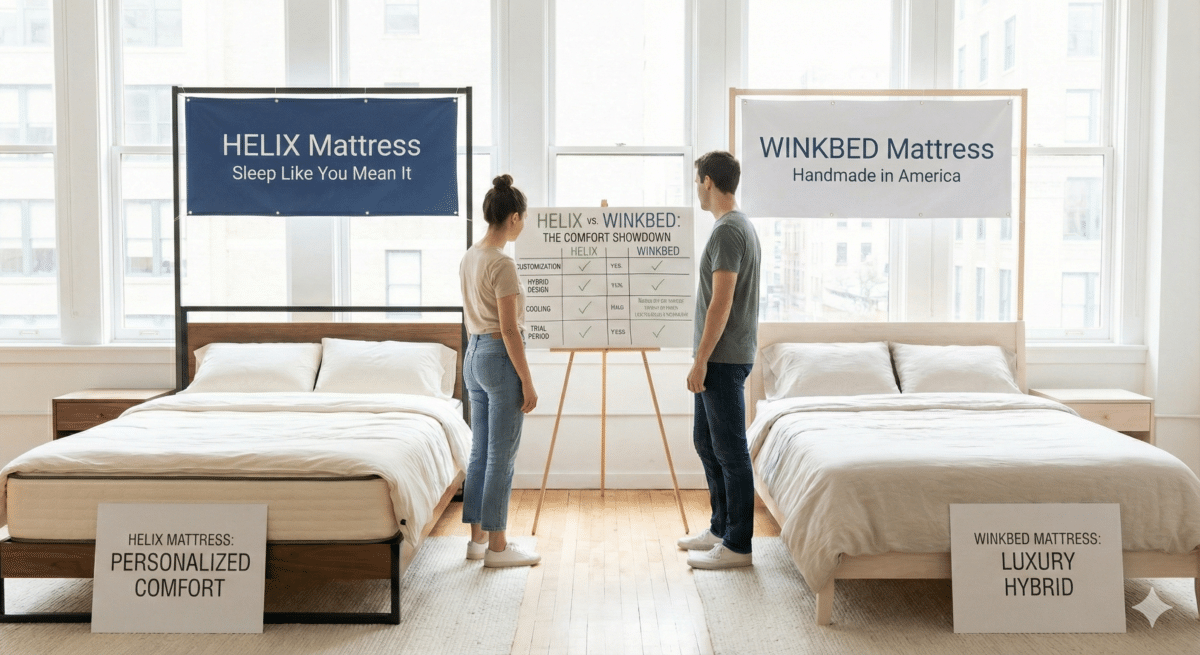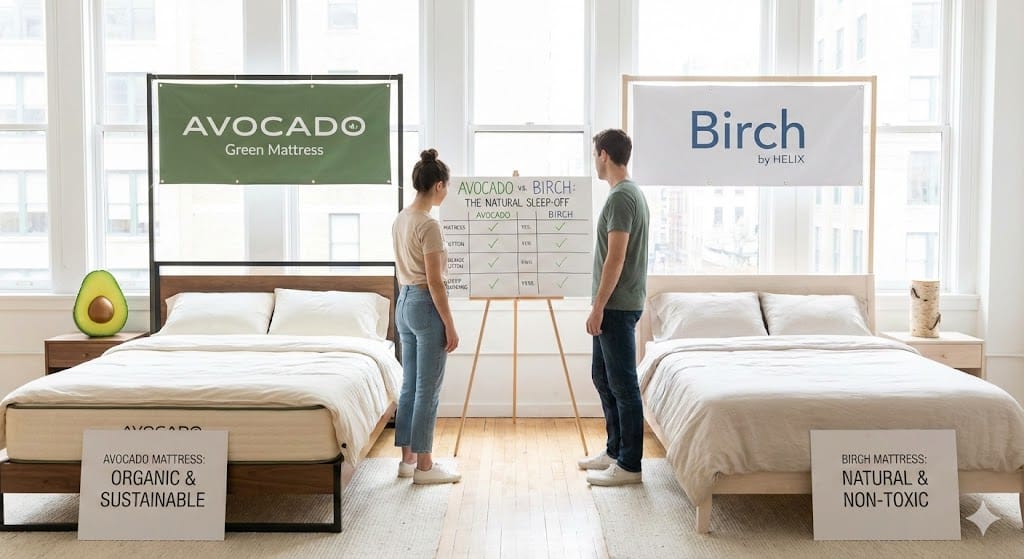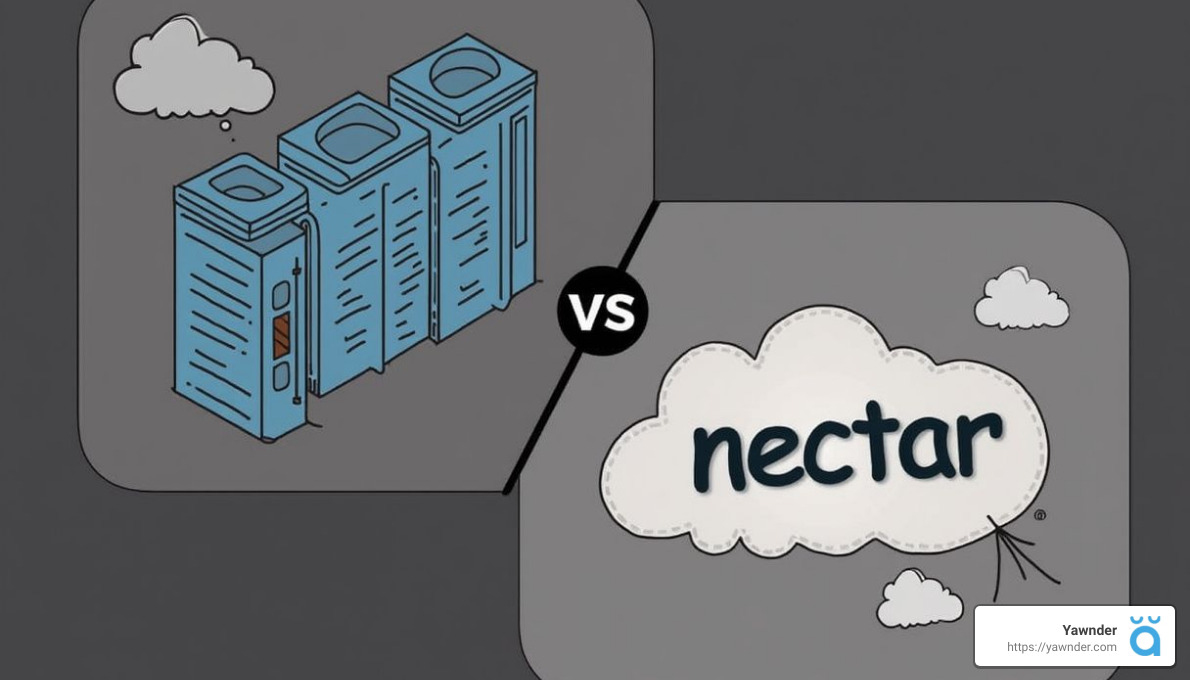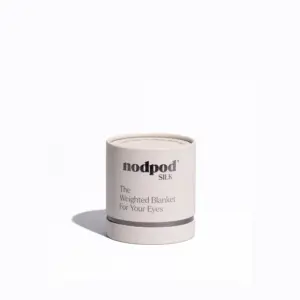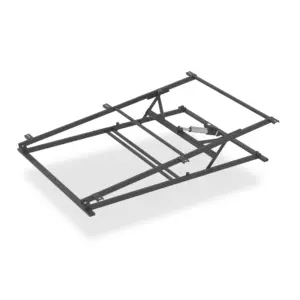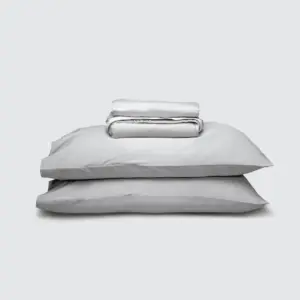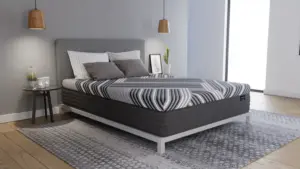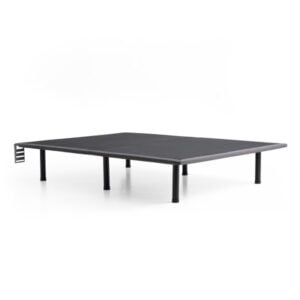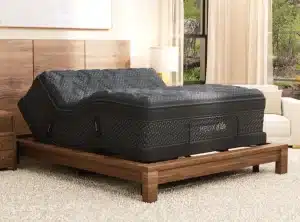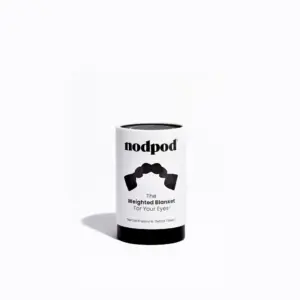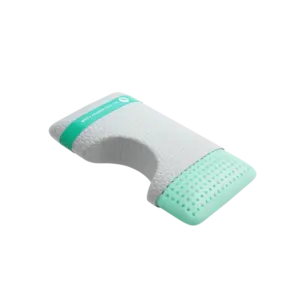Ultimate Guide to Bedding Encasements for Allergies
Improve Sleep Quality with Bedding Encasements
If you struggle with allergies or are concerned about bed bugs, bedding encasements may be the key to achieving a tranquil night’s sleep. These protective covers act as a barrier against allergens and pests, significantly enhancing your sleep quality. Here’s a concise overview to kick things off:
– Allergen Protection: Bedding encasements shield your mattress and pillows from dust mites, pet dander, and pollen.
– Bed Bug Defense: They effectively trap existing bed bugs and prevent new ones from infiltrating your sleep space.
– Comfort & Durability: Quality encasements offer long-lasting comfort, featuring robust zippers and reinforced seams that keep unwanted guests out (or locked in).
My name is Ben Trapskin, and my journey with bedding encasements began with the challenging combination of allergies and restless nights. Through thorough research and personal testing, I’ve discovered that the right encasement can dramatically enhance sleep quality.
Let’s dive deeper into what bedding encasements are and how they function.
What Are Bedding Encasements?
Bedding encasements are specialized protective covers that entirely enclose your mattress, pillows, or box springs. Their primary function is to act as a barrier against allergens, dust mites, bed bugs, and other irritants that may disrupt your sleep.
Types of Bedding Encasements
Mattress Encasements
A mattress encasement is a zippered cover that fully envelops your mattress. This type is indispensable for those dealing with bed bugs or severe allergies, trapping bugs inside and blocking allergens like dust mites and pet dander.
Pillow Encasements
Similar to mattress encasements, these zip around your pillows to create a barrier that wards off allergens and pests. They’re particularly beneficial for individuals sensitive to dust mites, which can often accumulate in pillows.
Full Encasements
Full encasements encompass your mattress, box spring, and pillows, providing optimal protection. This comprehensive approach is advisable for individuals living in bed bug-infested areas or for those with severe allergies.
The Protection Offered by Bedding Encasements
Bed Bug Protection
Quality encasements effectively trap bed bugs inside, preventing new infestations. Susan C. Jones, an entomologist from Ohio State University, confirms that bed bugs can be efficiently managed with the right encasements.
Allergen Barrier
Bedding encasements serve as formidable barriers against dust mites, pet dander, and skin cells, which is vital for allergy sufferers. Dr. Andrew S. Kim from the Allergy & Asthma Center of Fairfax advocates for encasements as part of a comprehensive allergy management strategy.
Moisture and Stain Protection
Many encasements are also waterproof, safeguarding your mattress and pillows from spills, perspiration, and other fluids. This feature not only maintains cleanliness but also extends the lifespan of your bedding.
Key Features to Look For
– Material: Opt for hypoallergenic materials such as cotton, polyester, or bamboo, which provide additional moisture-wicking benefits.
– Zipper Quality: A reliable encasement should feature a strong zipper that remains secure. Some models even offer Velcro closures for added safety.
– Seam Reinforcement: Look for encasements with reinforced seams and tight stitching, ensuring complete protection from pests and allergens.
Benefits of Bedding Encasements for Allergies
Enhanced Sleep Quality
A clean, allergen-free bed can significantly improve your sleep experience. Bedding encasements help maintain a healthy sleeping environment, allowing you to rest better through the night.
Allergen and Pest Management
Dust mites thrive in humid conditions and feed on dead skin cells, leading to this perennial allergy trigger. Bedding encasements effectively contain these tiny creatures, preventing them from reaching your sleeping area. Dr. Neil L. Kao, a recognized expert in allergic diseases, notes that consistent use of encasements can provide considerable relief for dust mite allergy sufferers.
How to Choose the Right Bedding Encasement
Selecting the perfect bedding encasement is vital for maximizing its effectiveness. Here are some crucial elements to consider:
Material
Choose from the following materials based on your comfort and protection needs:
– Cotton: Soft and breathable, making it ideal for comfort.
– Polyester: Budget-friendly and durable, often with added cooling technologies.
– Bamboo: Naturally moisture-wicking and hypoallergenic.
– Vinyl: Offers robust liquid protection but may feel less comfortable.
Size and Fit
Make sure to accurately measure your mattress to find the right size. Opt for a snug fit for optimal protection against allergens and pests.
Comfort Factor
Select encasements made from smooth, breathable fabrics. Look for options like the Protect-A-Bed AllerZip that are not only functional but also designed for a restful night’s sleep.
Top 5 Bedding Encasements for Allergies
1. Protect-A-Bed AllerZip Smooth Mattress Encasement
Renowned for its robust seams and secure zipper, this encasement protects efficiently while providing a quiet, comfortable sleep experience.
2. Sleep Defense System Waterproof/Bed Bug Proof Mattress Encasement by Hospitology
A budget-friendly option, this encasement features solid seam stitching and a thick fabric, though it may be somewhat noisier.
3. Malouf Sleep Tite Encase Omniphase Pillow Protectors
For a premium choice, these moisture-wicking, silky pillow protectors offer top-tier protection and comfort.
4. Coop Home Goods Mattress Protector
Combining waterproofing and hypoallergenic features, this mattress protector is great for keeping allergens at bay while ensuring comfort.
5. Slumberfy PestBlock Mattress Protection
With its bamboo fabric that blocks allergens effectively, this encasement has been independently tested to provide superior protection.
Maintaining Your Bedding Encasements
Proper maintenance of your bedding encasements is essential for ensuring their longevity and effectiveness. Here are some simple tips:
– Washing Frequency: Aim to wash every two months but increase the frequency if you have allergies, pets, or excessive night sweats.
– Washing Instructions: Always check the care label for specific wash settings. Use gentle, hypoallergenic detergents and opt for hot water to eliminate dust mites effectively.
– Drying Tips: Air drying is preferable, but if using a dryer, set it to low heat and ensure complete dryness to avoid mold growth.
Frequently Asked Questions about Bedding Encasements
What is a bedding encasement?
Bedding encasements are protective covers that completely enclose a mattress or pillow, creating a barrier against allergens and pests.
Do encasements really work for bed bugs?
Yes, they are effective in preventing and controlling bed bugs by sealing off the mattress or pillows.
Conclusion
A restful night’s sleep is integral to maintaining your overall health. With the right bedding encasements, you can combat allergies and protect against pests effectively. At Yawnder, we are committed to providing you with expert evaluations and unbiased recommendations on sleep products to enhance your well-being.
Whether you need help with allergens or simply want to ensure a refreshed sleep experience, we’re here to guide you. Invest in your comfort and health by choosing the right bedding encasement today. Sweet dreams await!

